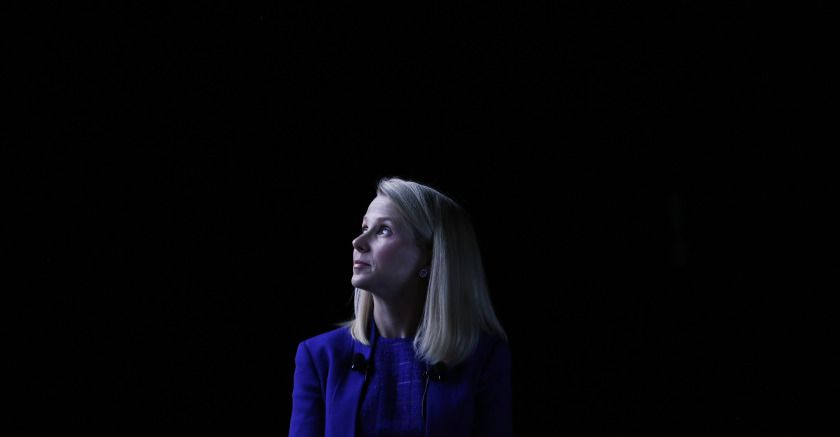|
There are two basic financial statements: the balance sheet and the operations statement. The balance sheet shows the firm's condition on the last day of the accounting period. It shows what the business owns and what it owes to its creditors or its owners. A business is always in a state of equilibrium. In other words, what it owns is equal to what it owes. This is expressed in the fo11owing accounting formula:基本财务报表有两种:资产负债表和营业状况表。资产负债表显示会计期最后一天的公司财务状况,表明该企业拥有的资产情况和欠债权人或股东的债务情况。一家企业的财务应始终保持平衡状态,换言之,它所拥有的资产与所欠的债务保持相等。这一状况用下列会计公式表示: Assets = Liabilities + Owner's Equity资产=负债+所有者权益 The operations statement is also referred to as a profit and loss statement or an income and expense statement. It shows how much profit or loss was generated by the operations of the firm during the accounting period. In this case, operations may be considered as sales of goods or services. The profit from sales after direct costs for producing the goods or services have been deducted is called gross income or gross profit. While income is produced, however, the business has certain other expenses--indirect costs related to the production of that income, such as general or selling expenses. The balance that is left when these further expenses are deducted is called net income or net profit.营业状况表是指损益计算书,它表明在该会计期间企业经营所产生的盈利或亏损情况。在这样的情况下,经营被认为是销售产品和劳务。销售减去产品和劳务成本后的收益是毛收入或毛利。可是,企业收入产生的同时,会有一些费用 -- 与产生收入有关的间接成本,如管理或销售费用,在进一步扣减这些费用后剩下的余额就是净收入或净利润。 Another basic financial statement is the statement of changes in financial position. It is compiled to show an increase or decrease in working capital during the accounting period and how the change arose.另一种基本财务报表是财务状况变动表,编制这一报表是为了说明在该会计期间流动资金的增加或减少,以及产生变化的情况。 |








